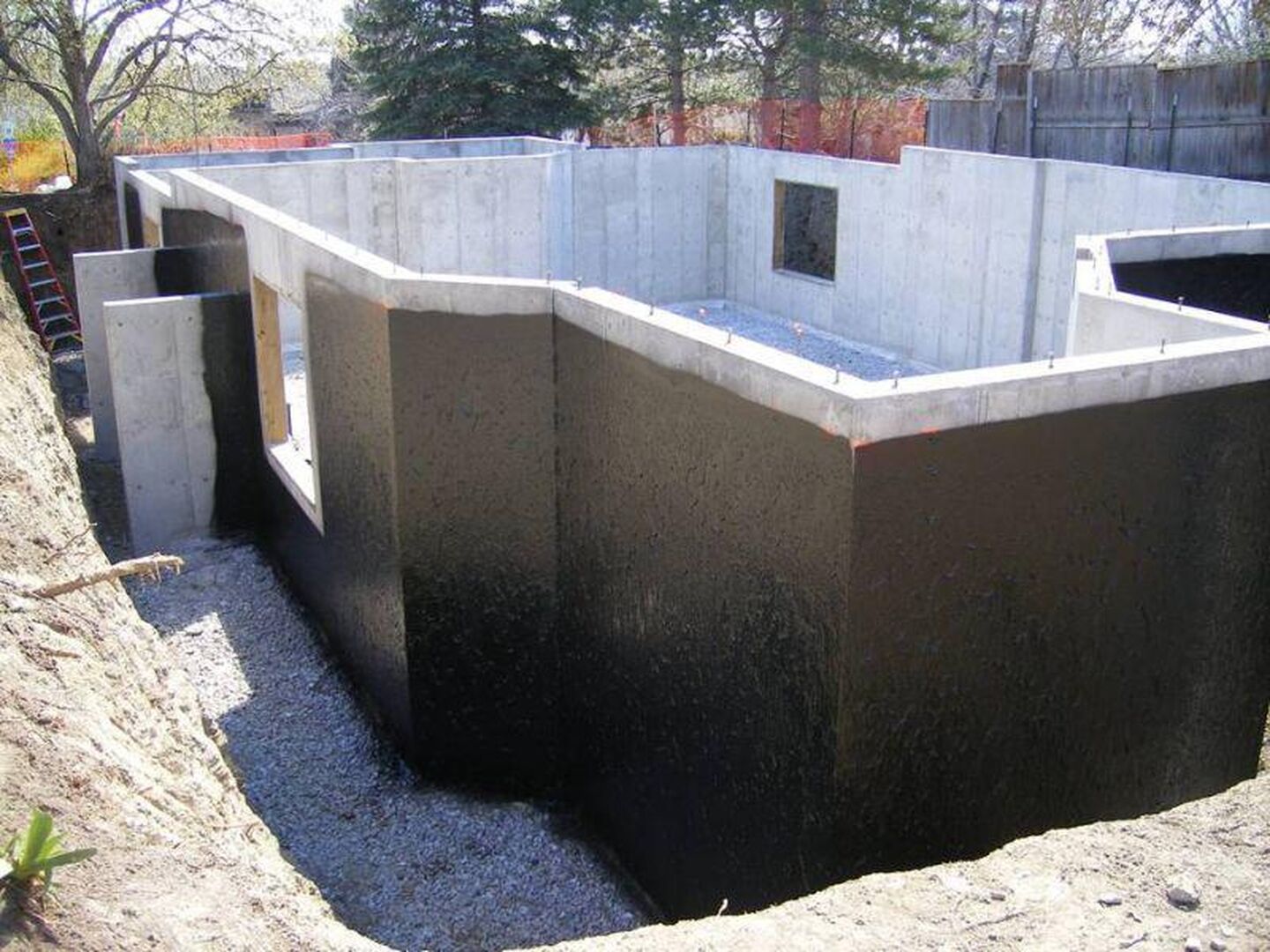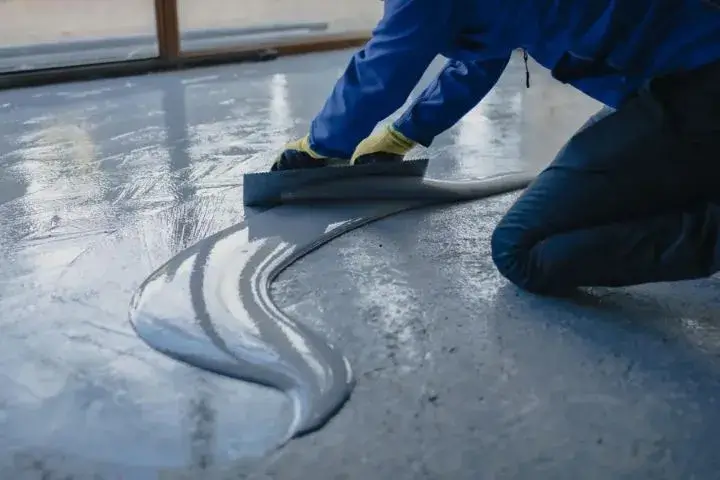Water Solutions That Get Results: Omaha’s Most Effective Systems
Water Solutions That Get Results: Omaha’s Most Effective Systems
Blog Article
Kinds of Waterproofing: Checking Out the Different Approaches and Their Applications
Waterproofing is a crucial element of building and construction and maintenance. It protects structures from the destructive impacts of water damages. There are a number of methods offered, each with its one-of-a-kind applications and benefits. From membrane layer systems to cementitious services, understanding these alternatives is important for efficient execution. The choice of waterproofing technique can greatly impact durability and durability. Exploring these numerous strategies exposes their unique advantages and prospective obstacles, motivating further consideration of suitable options.
Membrane Layer Waterproofing Systems
Membrane layer waterproofing systems function as an important barrier against water breach in numerous frameworks. These systems commonly include thin sheets made from materials like rubber, thermoplastic, or asphalt, which are put on surfaces to avoid moisture infiltration. They can be mounted over or below quality and are specifically reliable in locations vulnerable to high water exposure, such as cellars, roofings, and foundations.The setup procedure involves cleaning the substratum, applying adhesives or guides, and exactly fitting the membrane to guarantee complete coverage. Membrane layer systems can be either totally adhered, mechanically connected, or laid loose, depending on the certain demands of the project. They supply longevity and versatility, fitting architectural movements without jeopardizing their waterproofing capabilities. These systems can be reinforced with added layers for boosted protection. Eventually, membrane layer waterproofing systems are necessary for protecting frameworks against water damage and preserving lasting honesty.
Liquid-Applied Waterproofing Coatings
Liquid-applied waterproofing finishings give a functional service for securing surface areas from water infiltration - Sump pump discharge drainage Omaha. These finishings consist of fluid products that, when applied, form a seamless, versatile membrane. Their flexibility permits application on various substrates, consisting of concrete, steel, and timber. The finishings can be made use of in varied settings, from residential to commercial setups, making them suitable for roofings, structures, and below-grade structures.One significant advantage of liquid-applied finishings is their capability to satisfy irregular forms and pass through splits, producing a robust obstacle against moisture. They commonly show outstanding attachment residential or commercial properties and resistance to UV radiation, guaranteeing longevity and durability. Additionally, the application process is generally simple, permitting quick setup and reduced labor costs. This method additionally minimizes the risk of water pooling, as the continuous layer efficiently directs water far from vulnerable areas. Overall, liquid-applied waterproofing coatings are a reliable selection for detailed water security
Cementitious Waterproofing Solutions

Cementitious waterproofing options supply a robust option for frameworks calling for reliable dampness security. These systems mostly make use of a mix of cement, sand, and chemical additives to develop a water-proof barrier. They are frequently related to surfaces such as concrete walls, foundations, and floors, providing a long lasting, long-lasting defense versus water intrusion.One of the crucial advantages of cementitious waterproofing is its ease of link application; it can be used making use of a brush, roller, or spray, making it suitable for different job dimensions. Furthermore, this method is compatible with several surface areas and can typically be made use of combined with other waterproofing techniques.Cementitious solutions are especially reliable in environments where water direct exposure is a worry, such as cellars or below-grade frameworks. Their excellent bond properties assure that they bond well with substratums, supplying a solid and impermeable layer versus wetness penetration.
Bentonite Waterproofing
Bentonite waterproofing is a very efficient technique that utilizes salt bentonite clay to create an all-natural obstacle against water. This method manipulates the unique buildings of bentonite, which increases upon call with water, sealing any possible leakages and protecting against wetness infiltration. It is generally made use of in different applications, including foundation wall surfaces, passages, and retaining wall surfaces, where water resistance is essential.Bentonite can be applied in several forms, such as panels or blankets, providing convenience in installment. Its ability to self-seal makes it an attractive option for locations subject to shifting soil or rising and falling water degrees. Furthermore, bentonite waterproofing is eco pleasant, as it is a natural material that does not present hazardous chemicals into the surroundings.
Drain and Outside Waterproofing Systems
Reliable waterproofing typically includes a combination of approaches, including drain and outside systems. Water drainage systems, such as French drains and sump pumps, are developed to redirect water away from structures, decreasing hydrostatic pressure basement waterproofing specialist against foundations. These systems are vital in preventing water build-up that can cause architectural damages and mold growth.External waterproofing, on the other hand, involves applying protective obstacles to the structure's exterior. Strategies such as the installment of waterproof membranes, layers, or sealants can help prevent water seepage. This method not just secures the structure but additionally boosts the overall toughness of the structure.Together, drain and outside waterproofing systems form a thorough service to manage water properly. By applying these techniques, building proprietors can protect their investments against the destructive impacts of wetness, guaranteeing long-lasting security and safety and security for their structures.
Regularly Asked Questions
How Do I Pick the Right Waterproofing Method for My Task?
Picking the right waterproofing technique depends upon factors such as task kind, environmental problems, spending plan, and wanted long life. Examining these aspects enables notified decisions customized to certain needs and requirements.

Can Waterproofing Be Applied in Winter Conditions?
Waterproofing can be applied in chilly weather condition conditions, but it needs certain products and strategies. Cold temperature levels might impact curing times and attachment, check my reference necessitating cautious selection of items created for low-temperature application.
What Are the Typical Signs of Waterproofing Failure?
Typical indicators of waterproofing failure include visible water spots, peeling off paint, wet smells, mold development, and fractures in wall surfaces or structures. Sump pump installation & replacement Omaha. These indicators suggest that dampness is passing through the barrier, jeopardizing its efficiency
The Length Of Time Does Waterproofing Last Before Requiring Maintenance?
The durability of waterproofing varies, generally lasting between 5 to 10 years. Variables such as worldly quality, environmental problems, and upkeep practices affect its toughness, necessitating routine assessments to guarantee effective security versus water invasion.
Exist Eco-Friendly Waterproofing Options Available?
The inquiry of environmentally friendly waterproofing options discloses a growing rate of interest in lasting products (Water Solutions). Different natural substances, such as plant-based sealers and recycled products, offer efficient remedies while decreasing environmental effect, attracting ecologically mindful consumers
Report this page